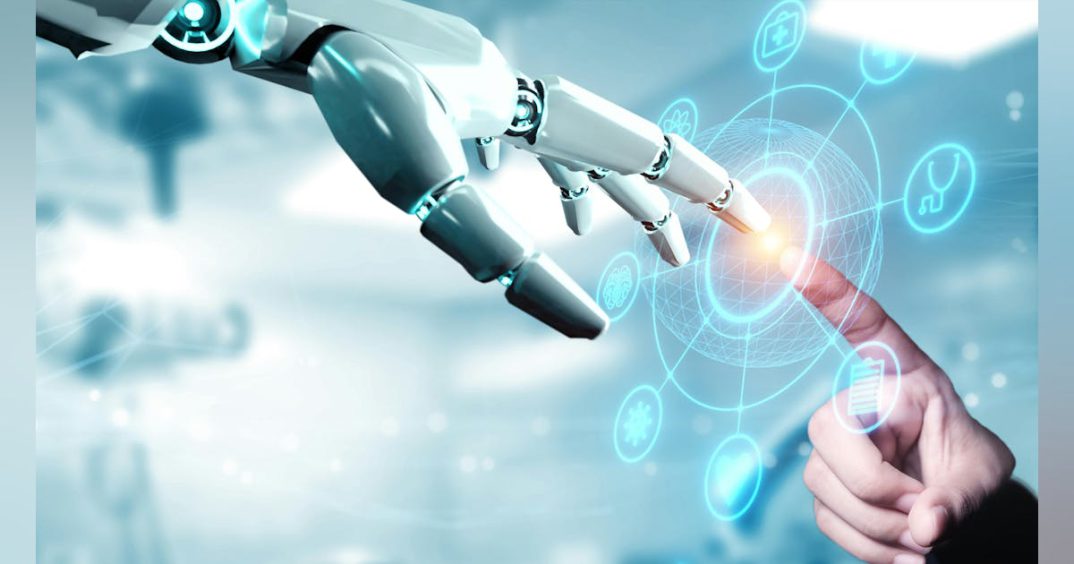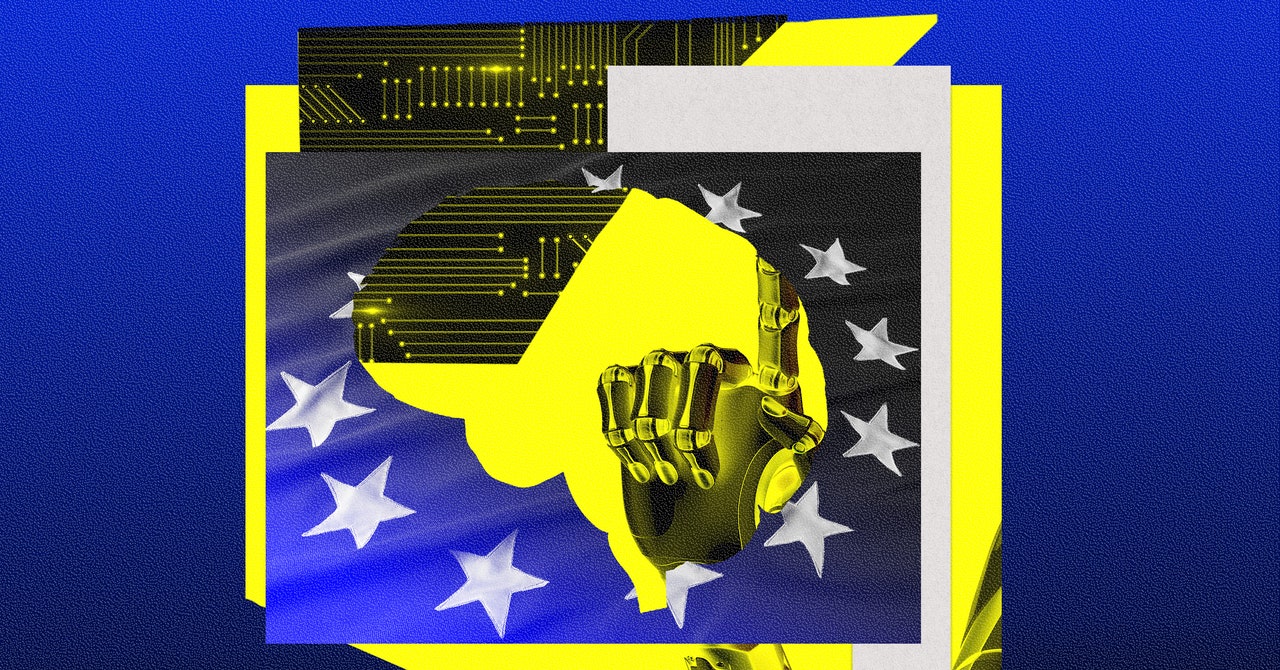Future of AI in Collision Repair
Just like Mendiratta, Taylor’s AI will soon be able to analyze images, whether they’re videos or pictures. For example, he hopes to see technicians being able to use smart glasses or earbuds with cameras to get feedback on their work from the AI. However, this is future state stuff and will take a bit longer to implement.
Taylor and Body Shop Booster invested in AI’s usefulness in the collision repair industry after something that is very common in the industry, hail.
“We had a scaling problem,” Taylor said. “We would go from a team of eight body shops, and all of a sudden, we’d get a hailstorm that comes through a big area. We would go from handling a reasonable number of repairs to a boom, this huge influx. For example, in 2010, I had a hailstorm hit, and we got 13,000 claims overnight.”
Taylor sought technology as an answer. “And the other thing that we started seeing on the collision side, in particular, is the admin burden has been continuing to grow,” he said. “For example, in 1996 when I was getting going, we used to have one person in the front office for four production staff working in the back. That was our ratio, one to four, and now today most shops have one person in the front office and one production staff in the back.”
Taylor also mentioned that the AI can be customized and trained according to the specific operational preferences of each shop, making it a versatile tool for improving customer service in the collision repair industry. He encouraged listeners to call a demo number to experience the AI assistant firsthand.
With innovation often comes fear. The most common, of which history has proven time and time again, is of people losing their jobs.
In response to concerns about job loss in the collision industry due to AI, Taylor says the technology is a great copilot. It can reduce the admin burden by about 27%, according to his data, freeing up time for customer service representatives and estimators to focus on more valuable tasks. He believes that AI will make people more productive and that businesses will need to adapt to AI to remain competitive.
“Otherwise, it’s just going to be really difficult, time-consuming, and frustrating,” Taylor said.
As for the cost, Taylor explained that his AI solution is a subscription with a pay-as-you-go element. The AI is scalable, so to make it affordable, there will likely be a small subscription fee and then a pay-as-you-go usage fee. This makes it more accessible for businesses to get started with AI.
For those who are considering looking into how AI could help in their shop, Taylor had this to say:
“Start spending a little bit of your time understanding how AI can positively impact you and affect you. Because you don’t want to get into what we call the ‘laggard stage’ at the end of this, where all of a sudden, your competition is flying past you and you’re like, ‘How do I catch up?’ It’s really, really hard to catch up once somebody is already going at 100 miles an hour and you’re doing 10 miles an hour. It’s hard to get up to speed and try to catch up to someone ahead of you. So, getting into this stuff now is probably the best time to start looking at it and seeing how it’s going to affect you and if it’s going to be a positive thing to add to your business.”





